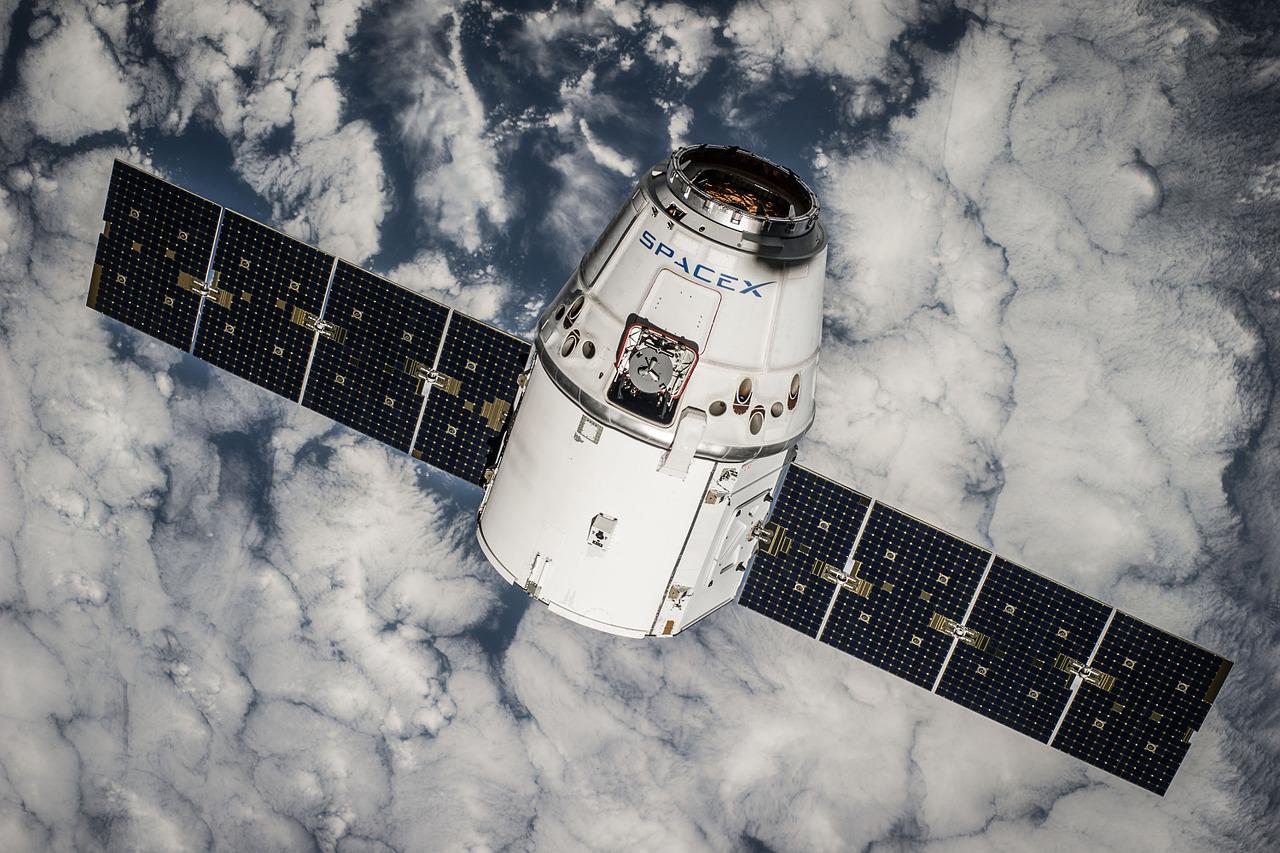
Elon Musk, the 46-year-old CEO of Tesla and aerospace service provider SpaceX and co-founder of OpenAI has seen his $20 billion fortune rise on the back of massive growth from his core companies which continually draw attention for their projects in everything from an eventual mission of colonizing Mars to self-driving cars and artificial intelligence (AI).
But as Musk’s great achievements as an industrialist continue to defy expectations, and this whether it is by creating the first attractive luxury electric cars or lowering the cost of space transportation, his companies, mainly Tesla and SpaceX, remain the darling of Silicon Valley and Wall Street. Earlier this year, shares of Tesla (NASDAQ:TSLA) put the company’s market cap at nearly $53 billion, above GM and Ford’s $50 billion and $48 billion, respectively, thus making the company the most valuable US car manufacturer on the market. Yes, one could objectively argue that unlike Tesla, GM and Ford have strong profits and solid balance sheets. However, Tesla offers something investors and traders alike love when longing or trading the name: disruption and the potential for dramatic growth.
Since we are talking about growth, SpaceX, thanks to its disruptive innovations that have forever transformed the rocket launch industry seems to be in a Tesla-like value growth trajectory.
The interesting part of that claim is that one doesn’t have to make a hard sell on the name given the numbers back the argument up. Only recently Musk’s space exploration outfit raised another $350 million – bringing the company’s value to $21 billion, a figure that puts SpaceX globally among a very exclusive small group of companies that have hit the $20 billion mark. That valuation by the way, is a 75% increase over the company’s value from its last funding round that brought the amount raised by SpaceX to date to nearly $1.6 billion.
Furthermore, according to a recent note by Morgan Stanley’s Adam Jonas, SpaceX’s valuation which only two years ago was pegged at around $11 billion, could now be on par with Tesla – currently worth about $54 billion/$317.8 per share. But unlike the electric car maker that went public in 2010, SpaceX’s value — an estimate reached by the analyst mostly based on the company’s satellite-based broadband business — is hard to determine. Additionally, there are no indications from SpaceX for plans on a public offering anytime soon. That said however, given SpaceX’s past history with cash shortages, or upcoming projects like the BFR that require significant amounts of capital, and the fact that everyone wants a piece of the company, including search giant Google – now Alphabet (NASDAQ:GOOG, GOOGL) which in Jan. 2015 along with brokerage firm Fidelity, together made a $1 billion investment for 10% ownership of the private U.S. space company, valuing it at about $10 billion, it is likely that a SpaceX stock ticker will be at some point introduced to the public. But again, when that will happen is anybody’s guess. It could be real soon, or as Investopedia notes: ‘as far away as a SpaceX Mars Landing’.
If the company were to go public in the near term though, Jonas’ view is that SpaceX’s plans of sending a constellation of 4,000+ small and cheap satellites into space that will blanket the globe in wireless by providing high speed internet to Earth, could represent as much as 50% of the total value of space.
SpaceX is currently in the testing phase of his plans but the company, which claims to be profitable after having received as of fiscal 2016 more than $10 billion in launch contracts, has specified that they will begin their launch campaign in early 2019 and create a global space network by 2024. Again, the network will be capable of beaming high-speed Internet signals to anywhere on the planet without cables. Musk has said the effort “would be like rebuilding the Internet in space.” Needless to say, SpaceX will be using its Falcon rockets for launching the satellites, bringing more cost-efficiency to their business model.
Jonas said that the net current value of this satellite high-speed internet business, along with some cash laying around at the company, ranges between $43 billion to $46 billion. He notes however, that if successful, the attempt, which could transform SpaceX from a pure manufacturer of advanced rockets into a massive high-speed-internet provider, could give the Hawthorne, Calif.-based company a valuation of as much as $120.6 billion. On the other hand, if the effort fails then SpaceX could be valued at only $5 billion. Another interesting detail is that Elon Musk’s part in a SpaceX worth $46 billion would be ‘only’ $25 billion.
It’s worth pointing out that this is all speculative as figuring out how much exactly a private company is worth, is tricky. Jonas reiterates that [SpaceX] “has recently denied that it was preparing for an IPO,” and that Morgan has “no knowledge of any specific transactions”.
But despite that, the reality is that one day we will most certainly have a chance to own a piece of SpaceX. If and when that IPO day arrives, or how much we will pay for the ticker, remains to be seen. In the meantime, we can use Jonas’ interesting projections as a starting point valuation-wise for a popular aerospace company like SpaceX which with its long-term vision of building a self-sustaining civilization on Mars, becomes at the very least, an investment opportunity worth exploring.
- Bulenox: Get 45% to 91% OFF ... Use Discount Code: UNO
- Risk Our Money Not Yours | Get 50% to 90% OFF ... Use Discount Code: MMBVBKSM
Disclaimer: This page contains affiliate links. If you choose to make a purchase after clicking a link, we may receive a commission at no additional cost to you. Thank you for your support!



Elon has repeatedly said that he has no intention of going public and relinquishing control to a board of directors. His Goals are so long term, that any involvement in going public would be like killing them off. Which he has no intention of doing.
As for the Starlink Constellations (4125 and 7000+) it is likely that while the the smaller constellation will start launching on Falcon 9, they will need to move to the BFR for completion by 2024, which is the FCC deadline. The Initial Years Launch of about 800 satellites, will be dedicated to the USA and high population targets like Europe, so as to gain market share. As well, Starlink wants to take advantage of a FCC program that is set up to fund internet to under served areas of the USA in rural and inaccessible areas (currently about 25 million Americans involved) This will help fund the future constellation progress, and the BFR/BFS for 2022 and 2024 launches.
we live in interesting times.